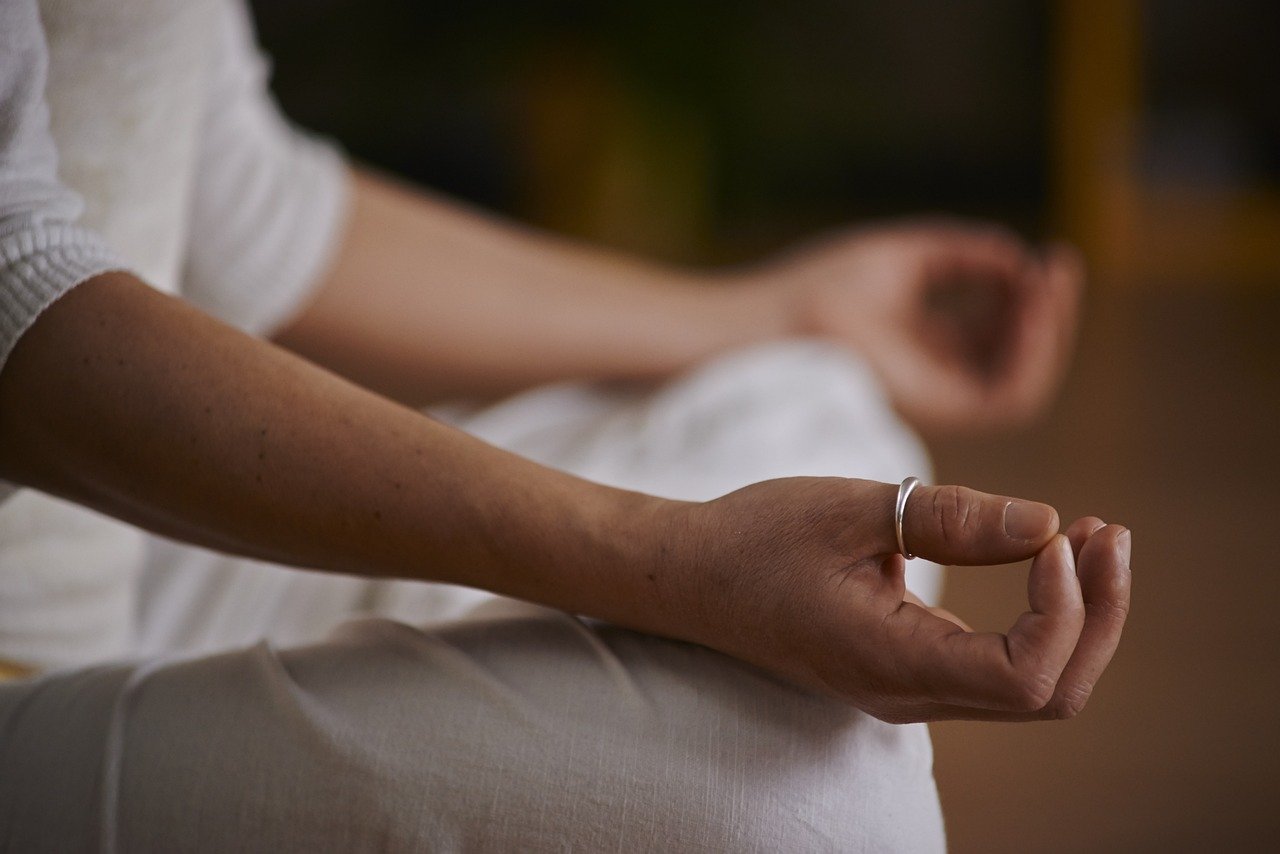In today’s fast moving life, it’s easy to get caught up in the hectic hustle and bustle of daily life. Sometimes, we forget to take a moment for ourselves and simply relax. That’s where meditation comes in. While it may seem intimidating or even a little silly at first, meditation is an incredibly powerful practice for achieving inner peace and reducing stress. But where do you start, how to do proper meditation, especially if you’re beginners to the meditate practice?
No worries, here are useful tips and tricks for how to meditate properly at home for beginners who have never tried it before. So take a deep breath, and let’s get started with meditation!
What is Meditation?
Meditation refers to a practice that involves training the mind to achieve a state of relaxation and heightened awareness. It is similar to how fitness is an approach to training the body. There are different meditation techniques, such as concentration and mindfulness, each requiring different mental skills.
For beginners, focusing on the breath is often the easiest way to start meditating. The goal is not to stop thoughts or have an empty mind but rather to observe thoughts without judgment.
Meditation aims to cultivate a calm mind and inner harmony, helping practitioners detach from external circumstances and strong emotions. It is a practice that anyone can do and can have a positive impact on mental and physical health.
Guide on how to meditate properly for beginners
For beginners, it is important to approach meditation with the right mindset and techniques. To meditate properly, start by finding a comfortable spot where you can sit or lie down without distractions.
Shut your eyes and focus on your breath, observing how your body moves with each inhalation and exhalation.

Allow yourself to simply be present and let go of any thoughts or judgments that arise. Start with short meditation sessions of two to three minutes and gradually increase the duration as you become more comfortable.
Remember, meditation is not about achieving a specific outcome, but rather about cultivating a calm and focused mind.
How To Do Proper Meditation – Meditation Mastery
Knowing how to do proper meditation can make a big difference in your practice. The basics of meditation involve finding a calm and quiet place to sit or lie down and focusing on your breath.
You can start by noticing the sensation of your breath as it goes in and out of your body. It’s normal for your mind to wander, but when you notice this happening, gently bring your attention back to your breath.
The key is to be kind to yourself and not judge your thoughts. Remember, meditation is a journey, so take it one breath at a time.
What are the 7 steps of Meditation?
Meditation is a practice that has been around for centuries and has numerous benefits for both the mind and body. To learn how to meditate properly at home for beginners can follow these 7 steps.
First, set up a quiet and comfortable space where you can sit undisturbed. Next, find a comfortable seat and focus on your breath. Take five deep breaths, in through the nose and out through the mouth. Then, settle into your body, observe your posture, and notice the sensations in your body.
Scan your body from head to toe, noting any tension or discomfort. Afterward, turn your attention to your thoughts and notice any thoughts that arise without judgment.

Pause and reflect on why you are meditating and the positive ripple effect it can have on your life and those around you.
Finally, bring your attention back to your breath and count each breath from 1 to 10, starting over when you reach 10.
Finish the session by sitting quietly for a few moments and then slowly opening your eyes. These steps provide a simple and effective guide for beginners to meditate properly at home.
What to think about while meditating?
When it comes to meditation, many beginners wonder what they should think about during their practice. The truth is, meditation is about calming the mind and allowing thoughts to come and go without getting caught up in them.
Instead of focusing on specific thoughts, it’s more important to focus on your breath or a mantra. This helps to bring your attention to the present moment and create a sense of calm and relaxation.
So, instead of trying to control your thoughts, simply observe them without judgment and bring your focus back to your breath or mantra. Remember, the goal of meditation is to quiet the mind and find inner peace.
How do you know if you are meditating correctly?
Knowing if you’re meditating correctly can be challenging, especially for beginners. A sign indicate that you’re on the right track is a heightened awareness of your surroundings and your thoughts and feelings.
This increased self-awareness allows you to choose how you react to situations, leading to better control over your emotions.
Additionally, a successful meditation practice can help you become less bothered by your inner narrator or ego. You’ll begin to realize that this voice is just a part of yourself and that you don’t have to listen to it all the time.
Another indication of successful meditation is a greater sense of stillness, equanimity, and focus. Remember, progress takes time, so be patient and trust the process..
Can I listen to anything while meditating?
Many people wonder if it is okay to listen to something while meditating. The answer to this question depends on personal preference.
Some individuals find it helpful to listen to calming music or guided meditation recordings, as it can aid in focusing the mind and creating a peaceful atmosphere.
Others prefer to meditate in complete silence, allowing themselves to fully immerse in the present moment. Ultimately, the choice is yours.
Experiment with different techniques and see what works best for you. Whether you choose to listen to something or not, the most important thing is to create a conducive environment that allows you to relax and connect with your inner self.
What is one of the biggest problem during meditation?
One of the biggest problems during meditation is drowsiness and spacing out. Many beginners struggle to stay focused and alert during their meditation practice and may even fall asleep in the middle of a session.
This can be frustrating and hinder the effectiveness of the practice. However, there are ways to overcome this obstacle.

One technique is to find a comfortable and quiet place to meditate, eliminating any external distractions. It can also be helpful to set a timer to ensure that you stay engaged and aware throughout the session.
Additionally, practicing meditation in the morning or during a time when you are more alert can help combat drowsiness.
By addressing this problem and finding strategies that work for you, you can enhance your meditation experience and reap its many benefits.
What not to do while meditating?
There are certain things that you should avoid doing meditation in order to have a successful practice.
Firstly, don’t embrace distractions. Although it’s important to minimize external distractions, it’s also crucial to observe and acknowledge any distractions that arise internally without getting carried away by them.
Secondly, don’t rely solely on external aids. While apps and guided meditations can be helpful, it’s important to also spend time meditating with just your mind and body for self-realization.
Lastly, don’t seek escape in meditation. Instead of using meditation as a means to suppress emotions or problems, use it as an opportunity to face and neutralize them.
By avoiding these common mistakes, you can make the most out of your meditation practice and experience the true benefits it has to offer.
Why do I feel strange in my head when I meditate?
Feeling strange in your head during meditation is a common experience that many people have. This sensation can manifest as a floating feeling, waves of energy passing through, or a tingling lightheaded sensation.
These feelings are the result of your brain waves slowing down and entering a deeper state of relaxation. You may also feel a warm vibration or pressure in your forehead.
These sensations are all natural and indicate successful meditation practice. It’s important to acknowledge and feel these sensations without trying to control or recreate them. Simply allow them to come and go as you continue your meditation journey.
Follow this site for more health and fitness topics.








